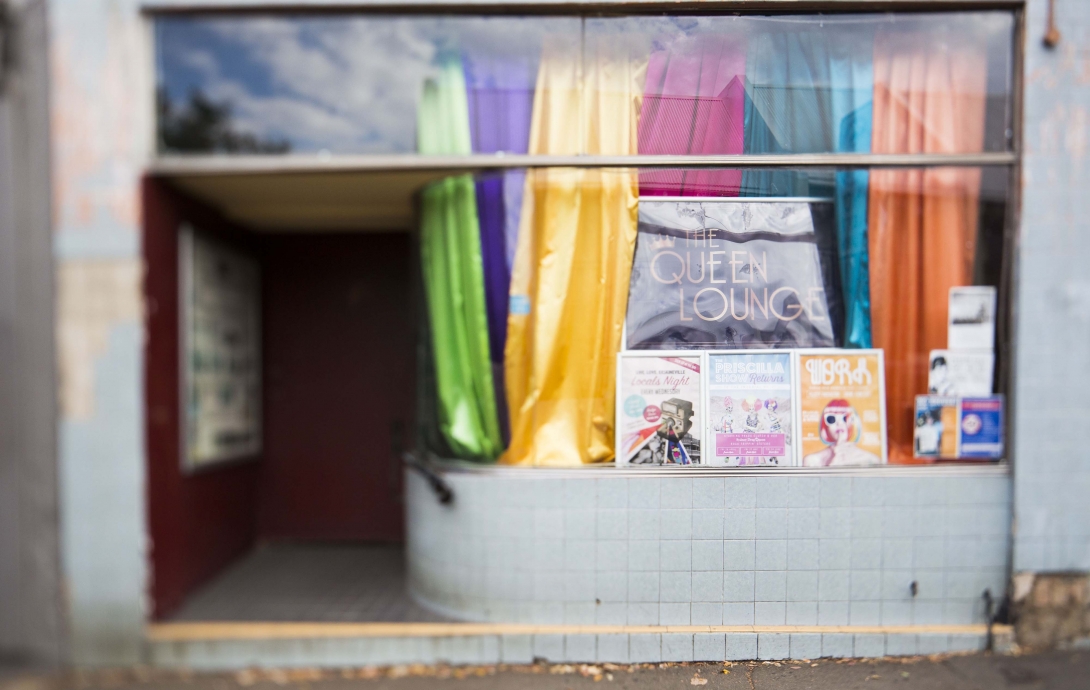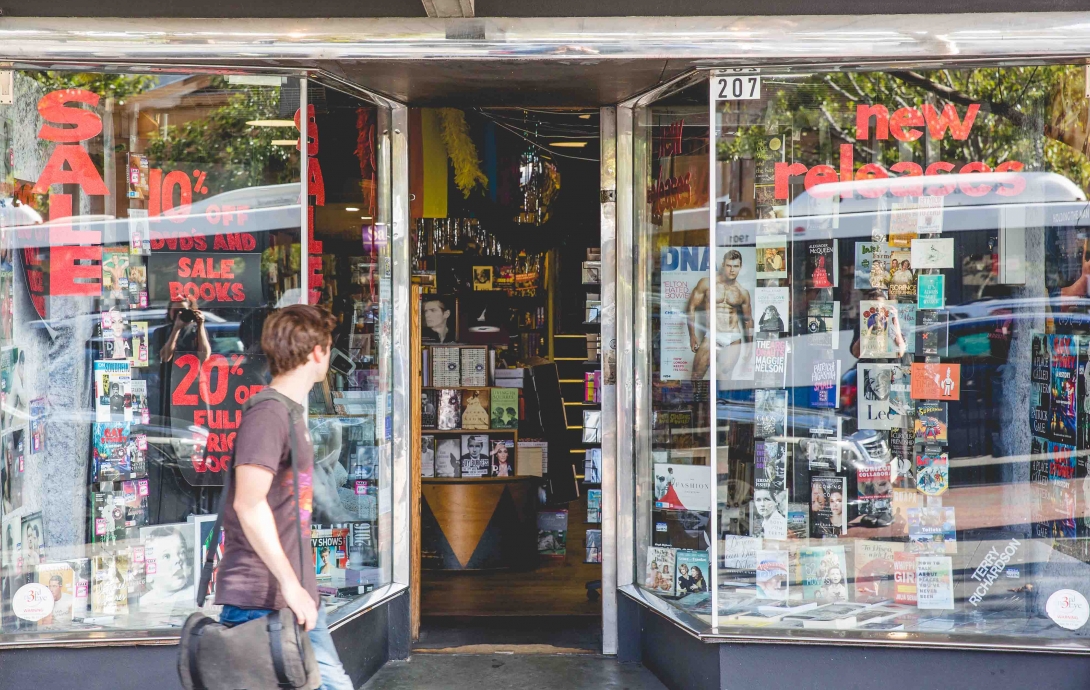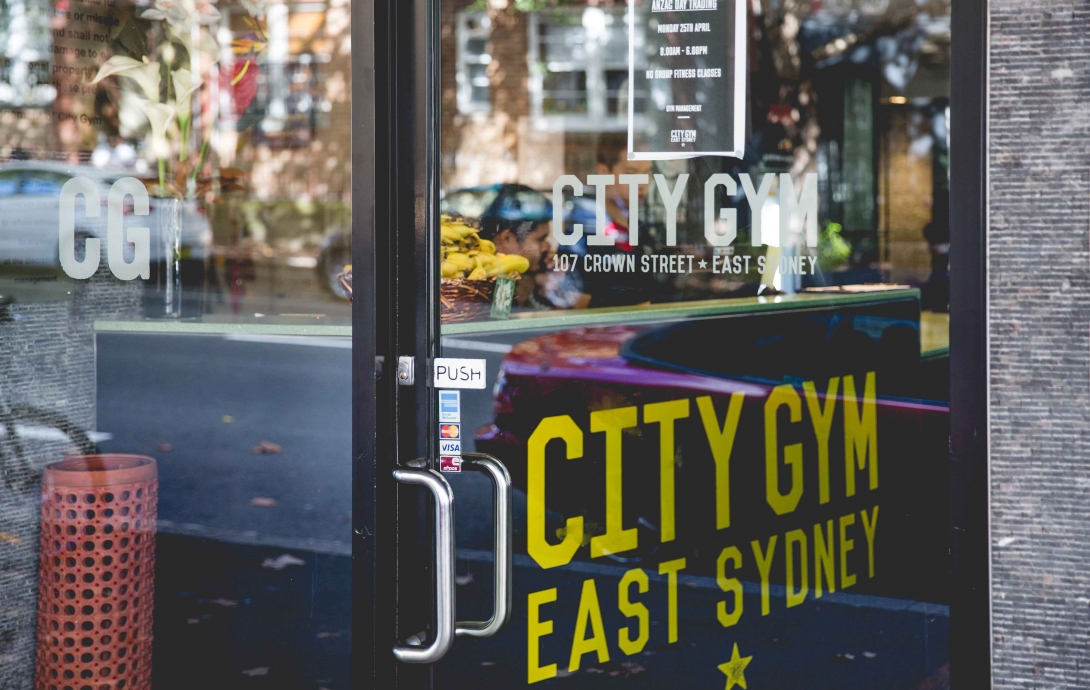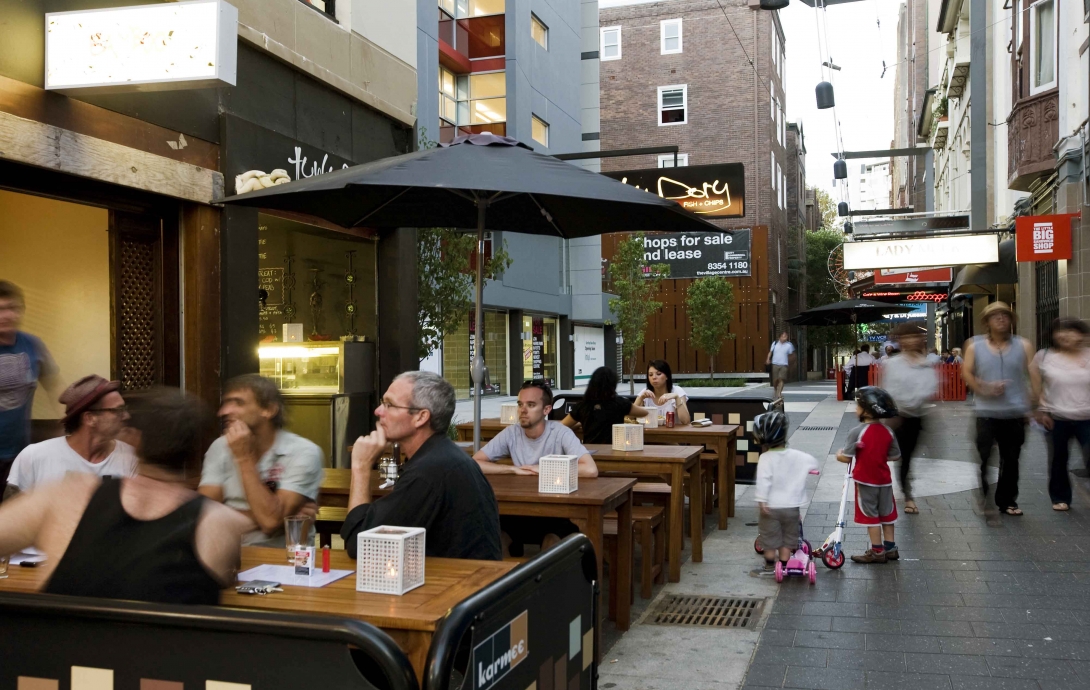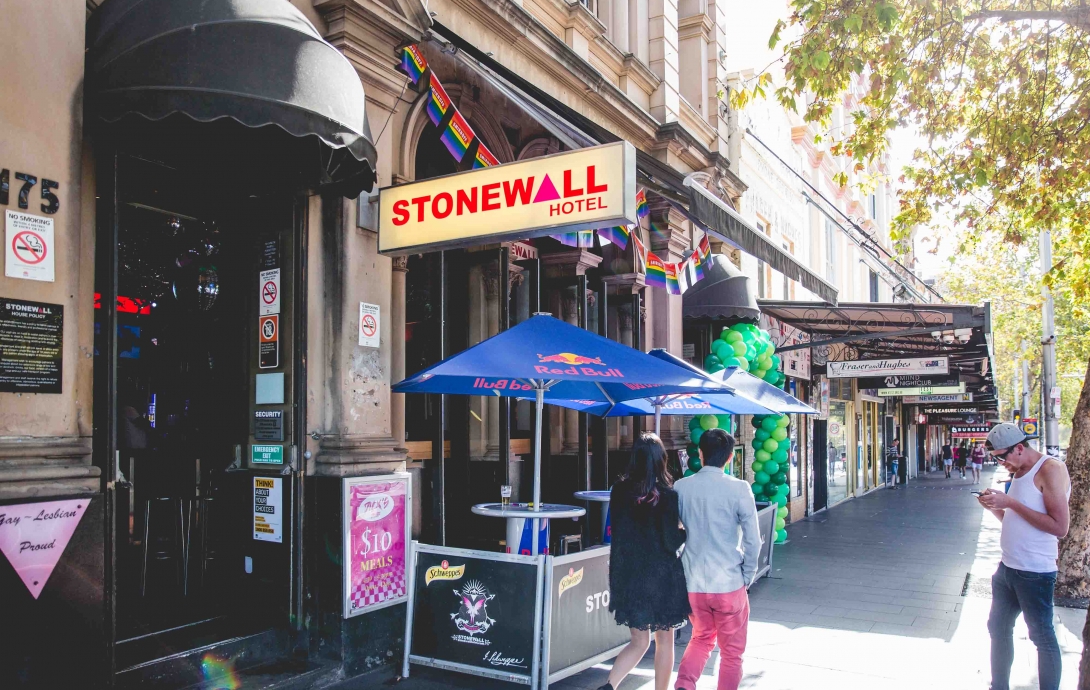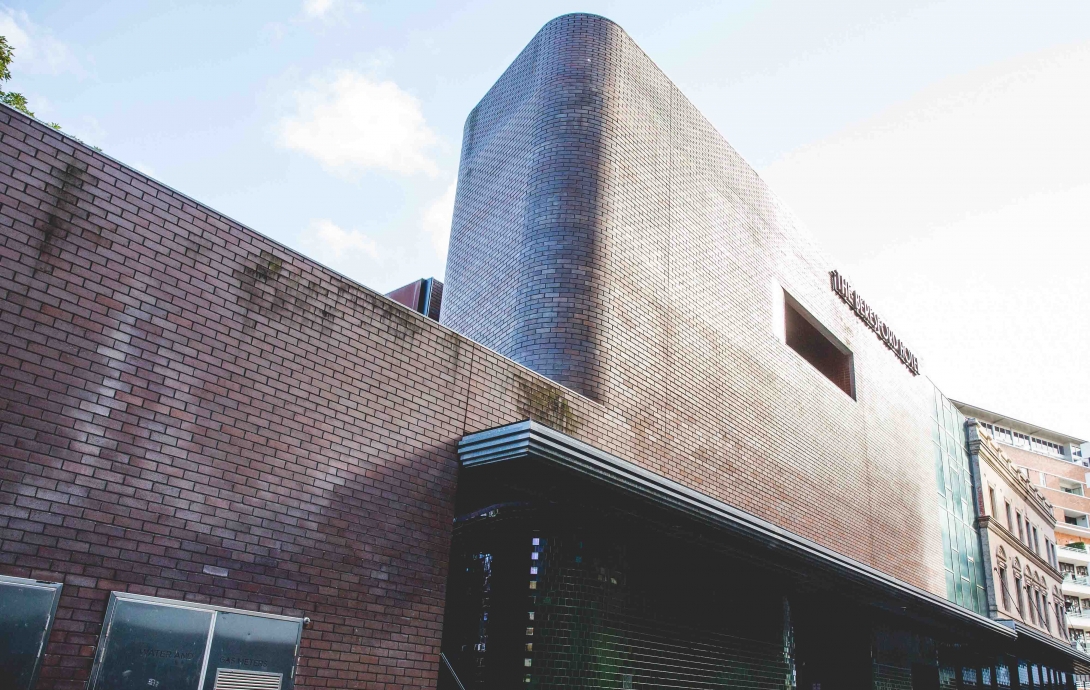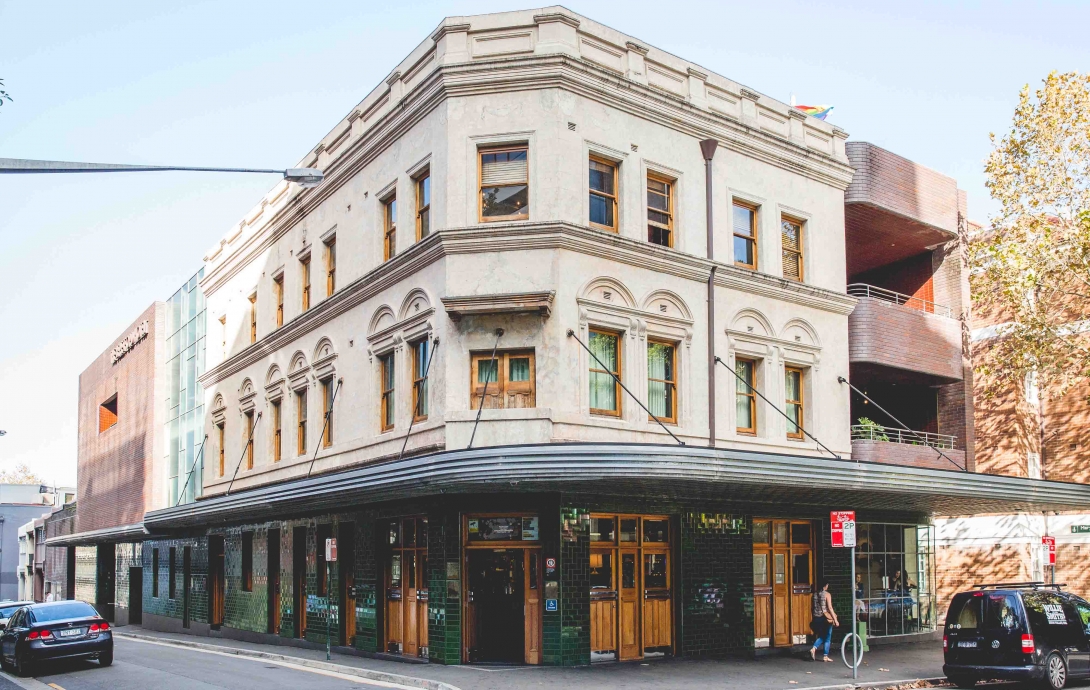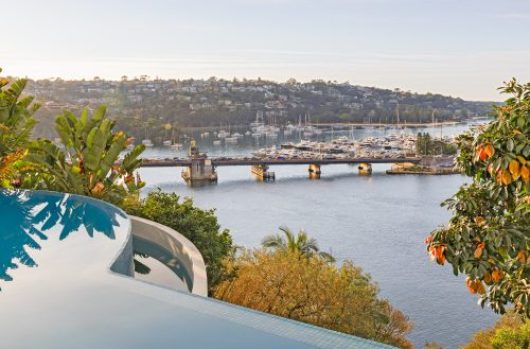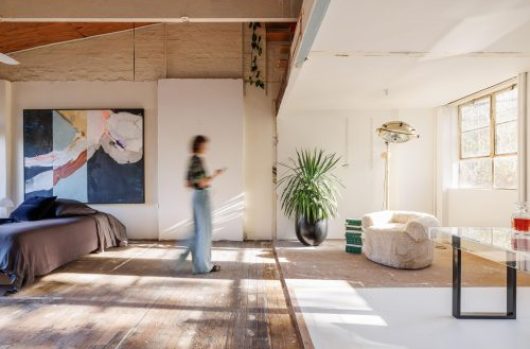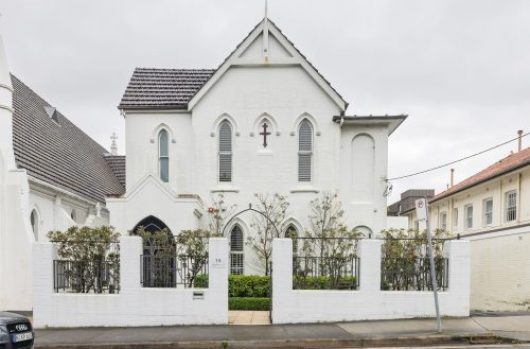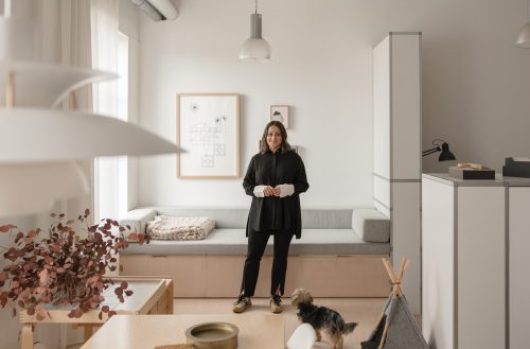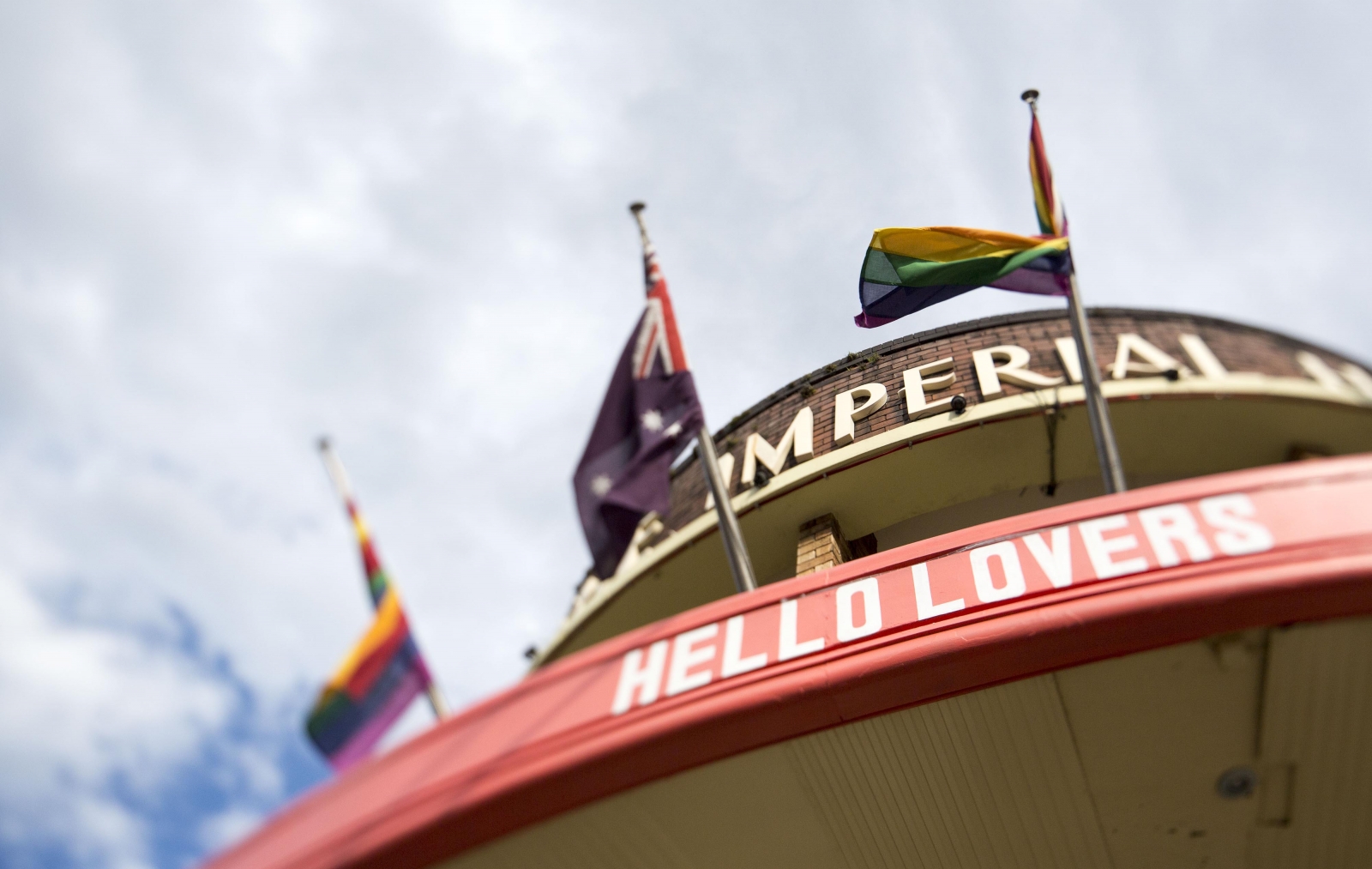
Where did the gay ghettos go?
From tropical themed throwbacks at Palms nightclub, to late night drag at The Stonewall – Sydney has long been a glittering gay capital. Ever since director Stephen Elliot sent two drag queens and a transgender on a road trip to Alice Springs 1994, Sydney has been bringing gay culture mainstream.
Yet while the Sydney Gay and Lesbian Mardi Gras continues to grow – attracting over 25,000 international festival-goers every year – where have the gay ghettos gone?
Witnessing a worrying dip in LGBT morale, thanks to gay marriage not yet being legal in this country, it’s high time we asked: Is Sydney still a gay mecca? Or has gay culture finally gone so mainstream (thanks to Caitlyn Jenner and Conchita Wurst) that we are beginning to forget that LGBT is still a minority protest movement?
Prominent members of the gay community say strongholds are folding fast. They attribute the diaspora of Sydney gay culture to a deadly cocktail of Lock-out laws, Grindr and the rising cost of buying into once gay burbs like Darlo and Paddo. We wanted to ask them how can we can protect Oxford Street and Newtown, if the gay scene continues to disperse like amyl nitrate? To an outsider looking in, it seems the whole scene, has appropriately, ‘gone west’.
We caught up with Sydney identities – actor and media personality Nell Schofield, Mardi Gras co-chair Fran Bowron, urbanist Frank Elgar and Merivale promoter Nathan Sullivan to find out.
“Once upon a time if you grew up in the suburbs and you were gay, you would think: “Oh my God I can’t live here! I have to go where there are people like me,” remembers Fran Bowron, now the co-chair of the Sydney Gay and Lesbian Mardi Gras board.
“It’s important to remember that, in our lifetime, certainly in my lifetime, it was still illegal to be gay until 1982 (when anti-discrimination laws were passed and 1984 when it was decriminalised). So it was terribly important to find places to feel safe. To find people with whom you could feel safe,” she says.
“A lot of it is just generational,” say Bowron, who lives in Stanmore and works in Darlinghurst.
“When you walk around Darlinghurst, there are rainbow flags everywhere. It’s fairly obvious it’s a gay area. And on King Street, Newtown it’s the same – but slightly further out – I believe there are still collections of ‘likeminded people’,” she says.
“I think, if you feel safe being who you are, where you are, then there’s not the need to travel into a city centre like this. If acceptance is the goal, then that’s a very positive change,” Fran Bowron adds thoughtfully.
She cites Sydney’s inner-west as an emergent safe zone, with places like Stanmore, Redfern, Waterloo and Marrickville, having become increasingly gay tolerant.
She points out that while raising rainbow flags for Mardi Gras once only happened at Town Hall on George Street, rainbow flags are now raised at local councils in Leichhardt, Woollahra, Manly and Ashfield. Mardi Gras is even currently making in-depth studies to see if the parade will shift locale, to a bigger and more accommodating area.
“The other change, is, that it’s now more common, and therefore more accepted, for there to be Rainbow Families. There are more Rainbow Families and so that means they want to live in place where it’s “okay to be gay”; where their extended family can be close and where their kids are okay,” Bowron says.
Places like Stanmore public school in her home patch, is a fine example she says, where the principals educate children about this new family unit. “I think key factors are social and cultural, but it is prompted by legal. It’s become more acceptable to be gay and those changes in law, change the framework. They change the structure of how you live as a gay person,” she says.
As Potts Point local Frank Elgar points out, acceptance flows both ways. “Nowadays if you are a straight boy and you want to be a hairdresser, or interior decorator you can. You just go and do it. No one blinks an eye. There is not the stigma around certain professions being performed by males or females, straights or gays. Social norms are much more fluid,” Elgar says.
“Once upon a time if you were lesbian and in the closet, then you purposely went and bought a terrace house next to Beryl and Daphne in Elizabeth Bay who were also gay, just so you could feel normal. In the same way, if you were a gay man working in a big company, you would not put you hand up for senior management, for fear of being outed. You deliberately kept yourself away from situations, places and people, where your sexuality might trip you up or cause you to be ostracised. Now gay community members don’t have to stay away from the C-suite roles or certain suburbs. It is okay to be you. You can have Alan Joyce as a gay CEO of Qantas. The table stakes have completely changed,” Elgar says.
With a levelling out of the playing field and increasing social tolerance in inner-city Sydney, Elgar says gay ghettos are no longer necessary. He says economics and gentrification drove the gays out west, not conservative attitudes.
All agree the fight for equality is still continuing.
“Social change happens later, but the legal change, changes the boundary,” insists Bowron. “Whatever you choose to do within that boundary may vary, but legal changes, change the boundary. And that’s the main point about marriage equality. It has to happen to have a social impact on the way people view gay relationships.”
She says Mardi Gras is just one of the umbrella organisations that reaches out to the young queer community – to find them wherever they are. According to party planner and queer-munity advocate Nathan Sullivan, that might just turn out to be on their smart phones. “Thank god for social media that has allowed everyone to celebrate each other’s identity beautifully,” Sullivan says, in reference to social media and apps like Facebook, Grindr and Tinder.
“But it has also changed the way people interact socially. It has changed the landscape forever and in just the last 5 years it has completely changed to way we socially transact,” he says. “People don’t go out Thursday, Friday, Saturday and Sunday like they used to, to meet people. If I really wanted to I could be in someone’s bed in half an hour by using Grindr. Today people tend to save up and wait for a festival, a big concert or a trip overseas to party. They meet each other through their phones, not through eye contact and buying each other drinks like they used to,” Sullivan says.
Go back five years and Nathan Sullivan says the scene was very different. “People are leaving Oxford Street. It’s shifted really dramatically. Seeing iconic places close down has been heart breaking. I look back on those years when Oxford Street was happening when I was young and I know what I experienced was world class. Now it is just tumbleweeds and sadness.
“As a person in the gay community, I have been very active in putting on events. Justin Hemmes brought me across to activate Sundays at The Beresford four years ago. Each year it has just got stronger and stronger. The vibe is very homely and very community based. I work with Alex Taylor on the music and we work with lots of gay organisations.
“We are collaborating with ACON, Aussie Bum, Bobby Goldsmith Foundation, Calvin Klein, and I support local business like Team 8,” Sullivan says. “But in general the scene has changed. Dining and eating out is now a big part of what is done socially,” Sullivan says.
Actor and ABC identity Nell Schofield is blatantly clear about what’s killed the scene for her. “Lock out laws,” she says when asked where did the gay ghettos go? In answer to where she goes out, she notes the pool of places to choose from is shrinking. “These days I like Gypsy in Potts Point,” says Nell. “Because I am Elizabeth Bay and I like to go to Kooky and the Bad Dog, but that’s it. There isn’t much left.
“The community is suffering in Sydney because of all the development. The Phoenix has closed and I think that is a tragedy. The scene is suffering because of all this residential development and high property prices. The Queer-munity is getting pushed out a bit. It’s being pushed out to edges of where the lock out law ends – Newtown and the casino!” she says.
“We need community spaces to join together. We need those safe community spaces where you know you are not going to get harassed, where you can just do what you want. It was always traditionally Oxford Street. Now that has been was killed off by Westfield – one at either end – and frankly it has been killed off at both ends by the lock out laws.
“In my opinion the cops are pretty heavy handed, especially with sniffer dogs and the rest. With local lock-out laws and all policing, it actually makes it unsafer to go out. I remember Capriccios, my father took me there when I was 17 or 18 and I loved it. I just thought it was so wonderful. Palms is still there, and its good to know it’s there especially if you really need it,” Nell scoffs.
Yet with gay marriage still on the agenda, all four commentators agree the LGBT community still needs places to congregate en masse. It is critically important for those who have suffered from discriminatory behaviour and environments (be they religious, generational, regional or cultural) to know they can ‘come out’, feel safe and continue to campaign for equal rights together. It is also important that Sydney continues to provide a safe harbour for young people who are grappling with sexual identity issues or who flood in from Australia’s red neck regions and outback. The word on the street is Sydney, stay gay.
